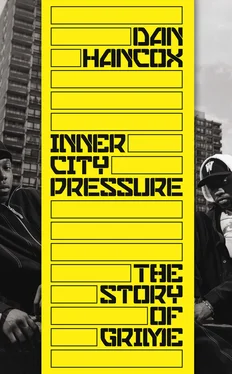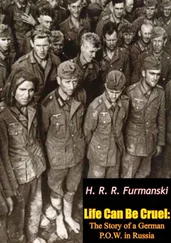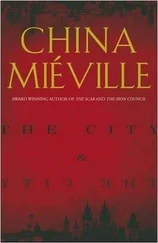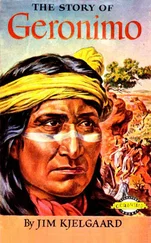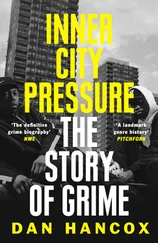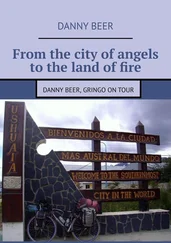In east London, the area that will always be most associated with grime, the boroughs of Hackney, Tower Hamlets and Newham have consistently appeared among the most deprived local authorities in the entire country; in 2000, the government used a new, complex model for analysing different aspects of poverty, from housing to health, which they called Indices of Multiple Deprivation. Across all of England, the grime boroughs were ranked at 1, 2 and 3. A medal-winning podium of poverty.
‘East London is in need’ has been the received wisdom of London local government ever since it was first introduced in 1888. A century and a half ago, Tower Hamlets was home to the disease-ridden squalor, vice, filth and overcrowded warrens of the infamous Old Nicol slum, before it was finally demolished in the 1890s, following the Housing for the Working Classes Act. The slum clearance programmes continued for decades, both before and after the devastation of the Blitz; some residents moved out to the suburbs, others were given low-rent social housing in the modern new council estates being built. Between 1964–74, the last of the slums were demolished and the Greater London Council built 384 tower blocks of ten storeys or more, providing 68,500 new flats. They were accompanied by utopian rhetoric about a new way of living and ‘streets in the sky’, changes that would finally grant the dignity London’s working-class communities deserved, and dramatically lift the quality of life. In 1981, at the peak of the social-housing boom, there were over 75,000 council homes in London, housing nearly 31 per cent of the capital’s population. It is no coincidence that they were heavily concentrated in exactly the boroughs where grime and UK rap would later thrive: 42 per cent of London’s social housing was in ‘Inner East London’: the boroughs of Hackney, Newham, Tower Hamlets, Islington, Haringey, Southwark, Lambeth and Lewisham.
London has historically been a fairly low-rise city, with relatively few skyscrapers, landmark blocks of luxury apartments, or high-end hotels and offices – it has not looked like Manhattan, or latter-day Dubai, Hong Kong or Shanghai. Largely this was by design: planning laws have prohibited tall structures which obscure certain ‘protected views’ of iconic old London landmarks like St Paul’s and the Palace of Westminster, as seen from certain high points on the fringes of the capital, like Parliament Hill, Richmond Park and Alexandra Palace – it’s not the specific views themselves which matter so much, but their utility as insurance against a cluttered skyline.
But at the start of the new millennium, a new kind of high-rise building started arriving in the capital: one much less likely to produce exuberant forms of youth culture, clad in glass rather than concrete. Most obvious amongst them was the Shard – Mordor-upon-Thames, owned by Qatar, an obscene 72 storeys high, built with the enthusiastic support of Ken Livingstone, and the backing of New Labour. This directly contravened the ‘protected views’ regulations; English Heritage objected at a public inquiry, and were ignored. At the time of writing, five years after opening, all ten of the £30–50m flats on the tower’s upper floors remain unsold, and empty. Even a visit to the viewing deck costs more than £30. Since then, the trickle has become a flood: in 2017 a survey found that 455 new high-rise blocks were either planned or already under construction in London: ‘safety deposit boxes’ for wealthy investors, expensive hotels, high-end office space and luxury flats. Blocks like the ickily-named Manhattan Loft Gardens in Stratford followed the Shard’s lead and caused controversy by ruining another sight line of St Paul’s. More importantly, not a single one of the 455 was being built to provide housing for London’s poorest.
The Shard started a bold new trend – building hideous neoliberal obelisks which London didn’t need – but the major precedent had already been set: the planting of Canary Wharf’s towers of misbegotten riches, right in grime’s back yard, in place of the city’s abandoned docks. Today, underneath the white office lights and CCTV cameras of what is sometimes known as the ‘second City’, teem the ghosts of empire, hard labour, hard liquor, opium dens, sailors and sex workers. Even as it enters adolescence, Canary Wharf’s cluster of gleaming skyscrapers still feels like a life-size artist’s impression, rendered in three dimensions; free from clutter, free from litter – and free from heavy explosives, you presume, if the security presence is anything to go by.
Look closer, and some of the police aren’t actually the police at all – they’re private security guards, in uniforms designed to look exactly like real police uniforms. The whole area is unnervingly clean. As close as it is, Canary Wharf is almost completely sealed off from its neighbours to the north, where grime erupted into life – Poplar, Limehouse, Bow, and eventually Hackney and Newham – separated by the huge A13 and A1261 dual carriageways, and a no man’s land of train lines, Docklands Light Railway sidings and buildings, business parks, car parks, blind alleys and dead-ends, all of which act as further barricades. It is almost as if the builders of Canary Wharf wanted it that way. ‘That’s where all the yuppies are,’ MC Breeze from Roll Deep says in a 2003 documentary, pointing up at One Canada Square. ‘We’re just over the road, and it’s one of the worst boroughs in England.’2 On the south side of the skyscrapers, in a part of the Isle of Dogs which used to be known as ‘The Land of Plenty’ during Britain’s colonial heyday, the Anchor & Hope pub (Est. 1829) sits boarded up and unloved, its business perhaps swallowed by the two-storey Thai restaurant next door – the hope is gone and the boat is adrift. Commerce spares little attention for sentimental attachment to the past – even its own.
East London’s past is weighed down with poverty, and weighed down with heavy industry: the docks, of course, but also gas, railways, manufacturing, textiles, mills – and, a rare example which is still clinging on today, the Tate and Lyle sugar refinery. It has always been the city’s working quarter, with an abundance of low-paid, physically punishing jobs, and was not just the arrival point for immigrants and internal migrants, for centuries, but also the place where many of them made their first homes in the capital: always more multicultural than the rest of London, and almost entirely working class.3
East London’s industrial history continued to loom over the area once all the industrial work was gone. Even without the factories coating nearby buildings in a layer of soot, and the industrial pollution and jetsam from the docks, east London remained associated with grime, dirt, grit and debris. The connection between the word, the music genre, and the places where grime came from has always been understood to be obvious. ‘Most grime tunes are made in a grimy council estate,’ MC Nasty Jack told an American documentary crew in 2006. ‘Mum ain’t got enough money, everyone’s just angry. You need a tension release.’4 The name of the genre aside, grime has featured a whole range of lyrical tropes in which dirt is lionised: tunes are praised as mucky – mucktion, as a noun – dutty (dirty); Shystie even proclaimed one of her tunes was ‘muddy’. Partly this is about paying tribute to the sonic ‘bottom end’, the sub-bass, but it’s also a testament to the music’s geographical origins.
The East End had been very literally grimier in the past – as in the great smog of 1952, where coal smoke and bad weather conspired to kill around 12,000 Londoners. Regeneration and grime are oppositional forces in the urban arena: in the recent vernacular of urban planning, the word ‘regeneration’ has always been understood as a response to grit, grime, disorder, clutter and failure or decline. It has a Christian moralistic aspect, a sense that the city too can be born again, that it might – with the right purpose and guidance from above – dunk its head in the water and repent its poverty and sin. Indeed the first recorded use of ‘regeneration’ in English is from the Wycliffe Bible of 1384, describing the kind of rebirth that Jesus’s disciples can expect upon reaching heaven. It was the perfect word for New Labour and the secretly evangelical Prime Minister: grime was old Labour, 1970s, strikes and coal, rubbish piling up in the streets, sin and concrete; regeneration was pastel colours and cheery post-modernism, IKEA urbanism that would make the city look like a kids’ play centre – and entice the middle classes to come and live in it.
Читать дальше
